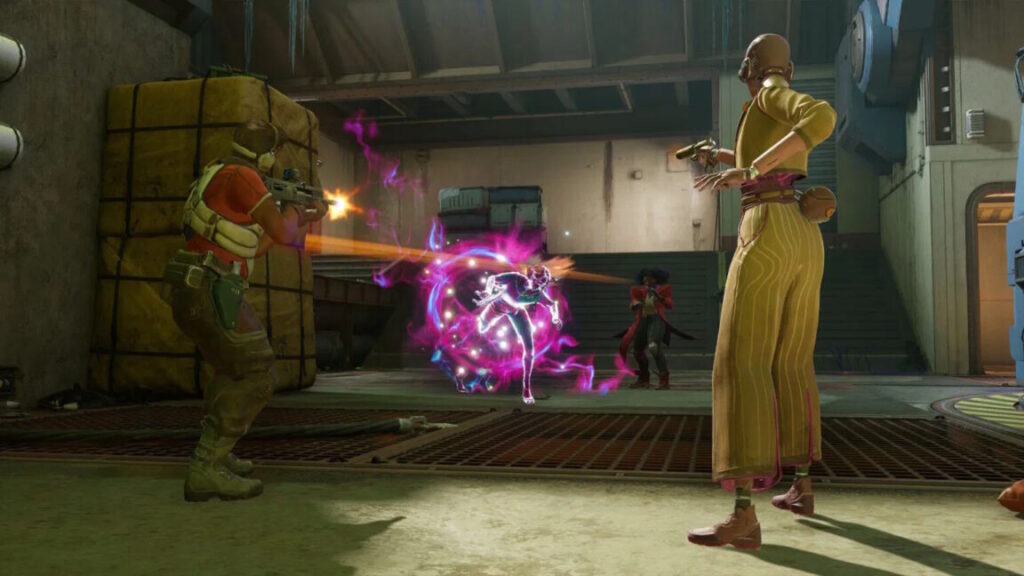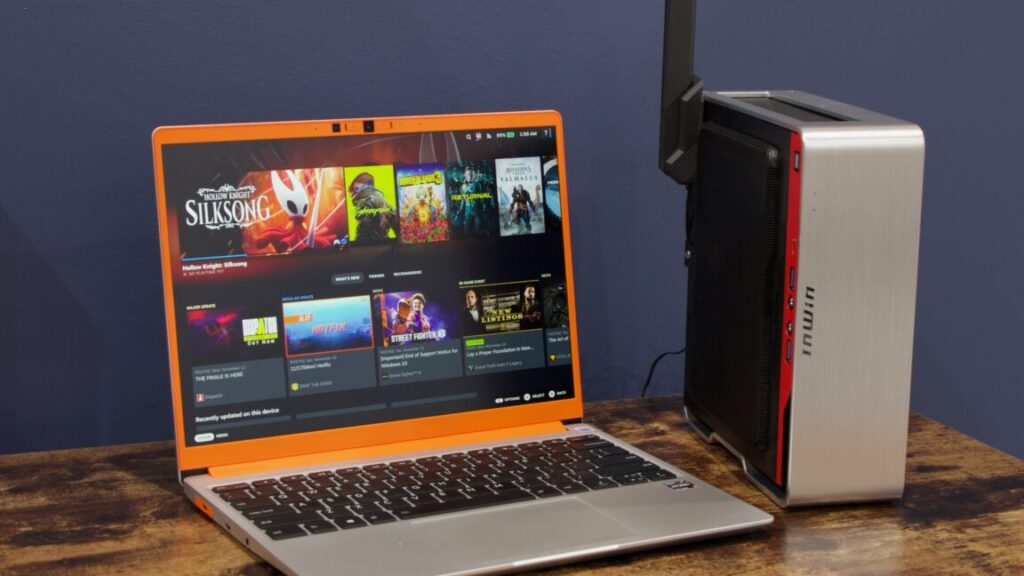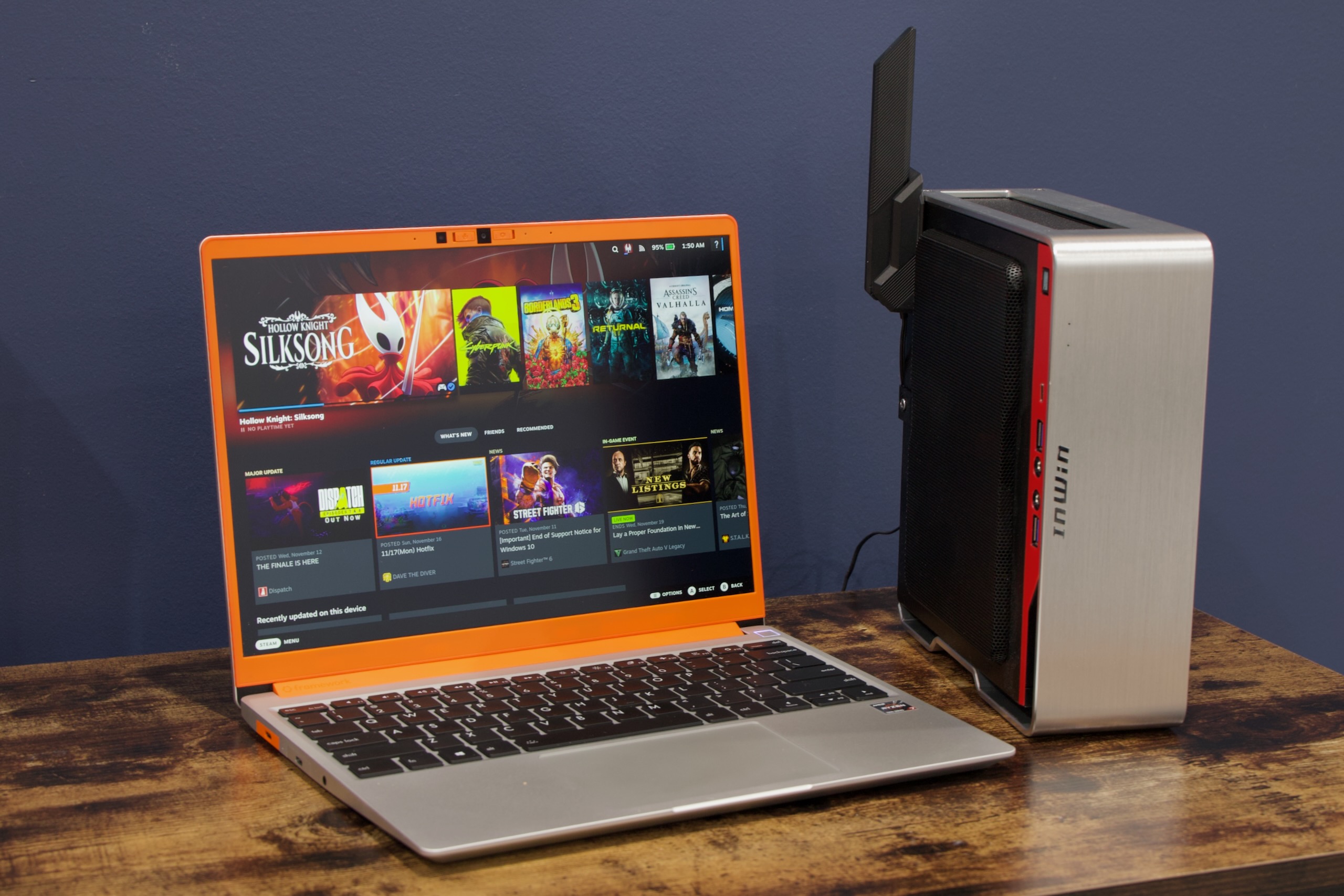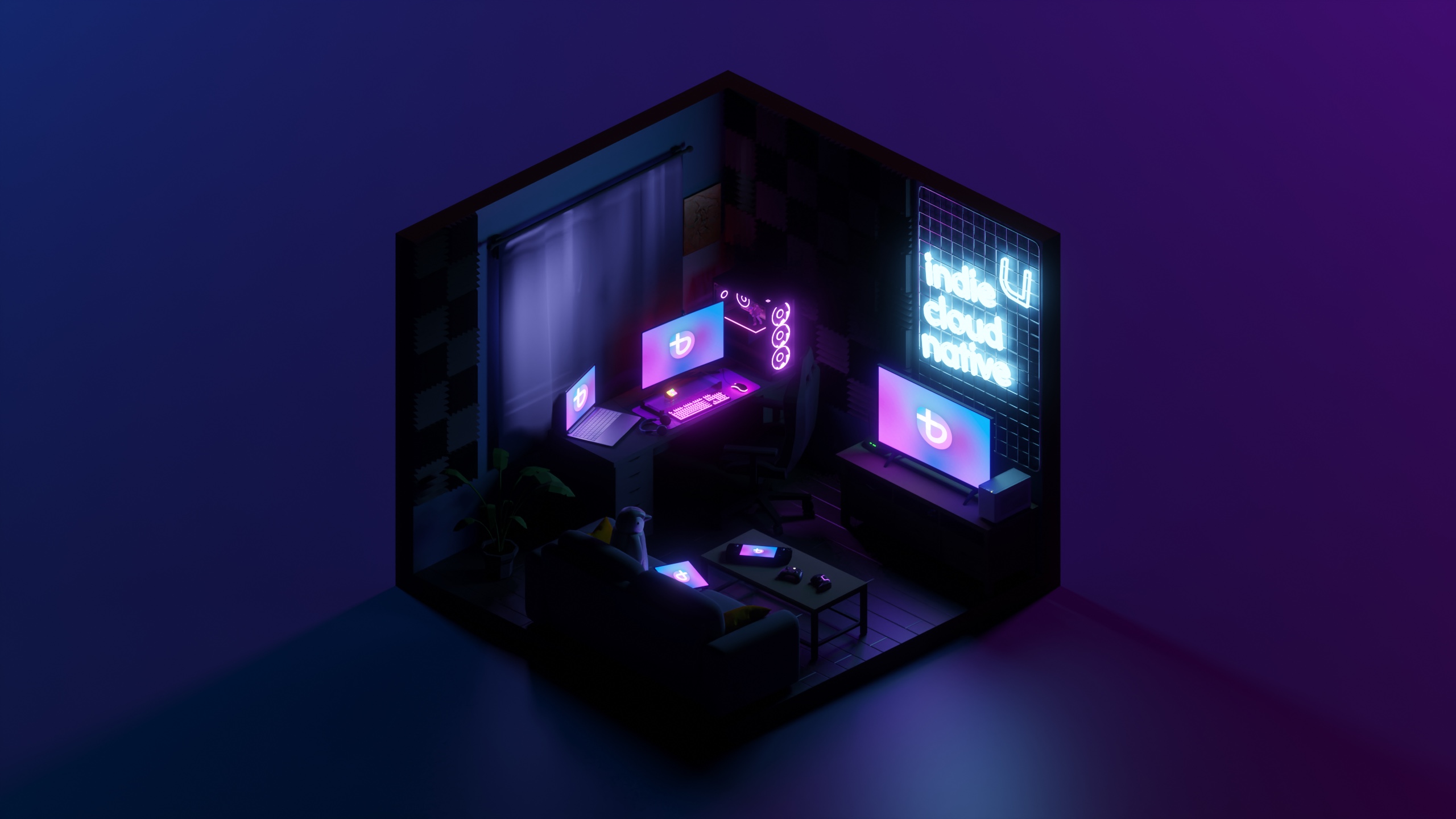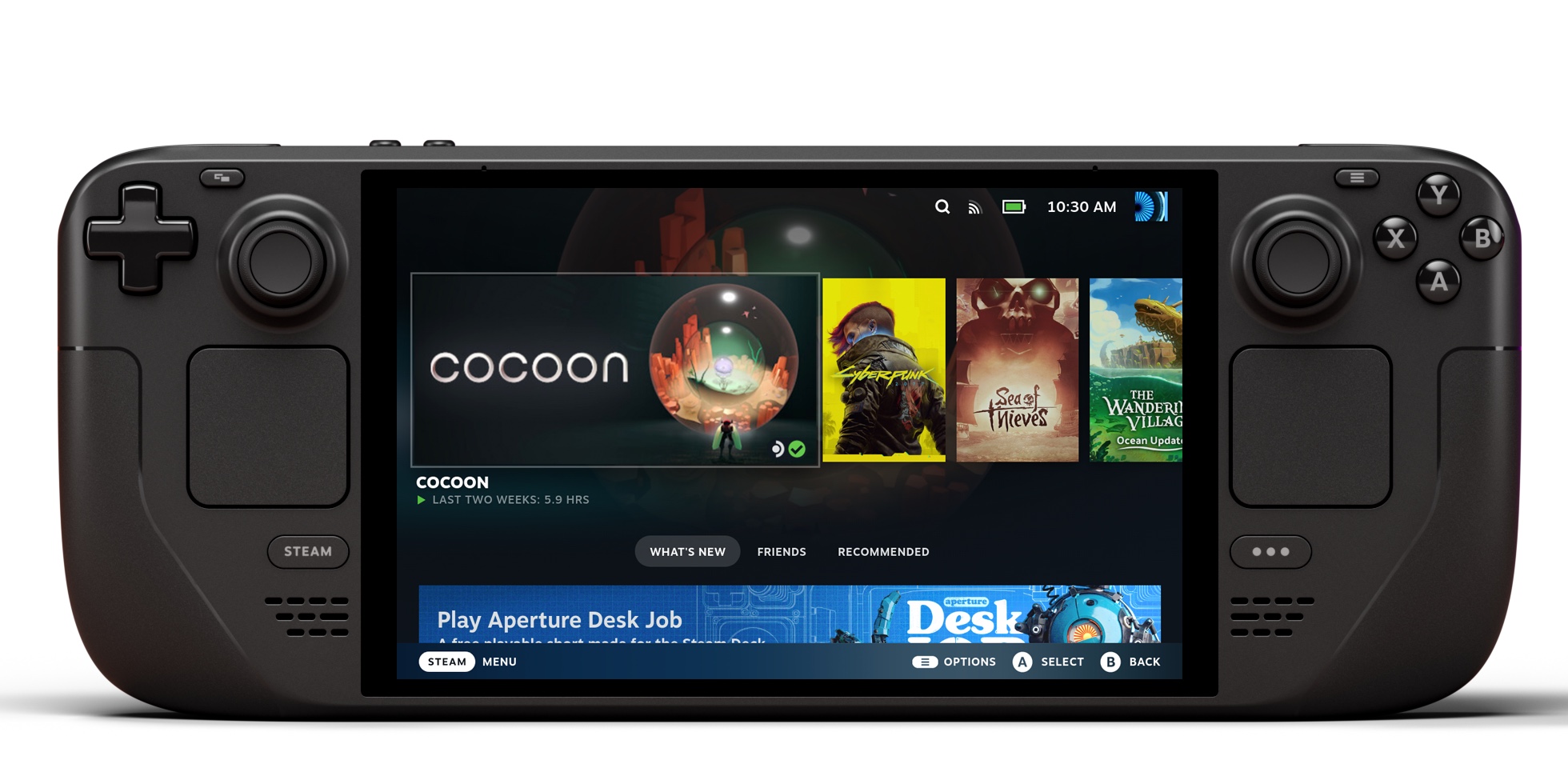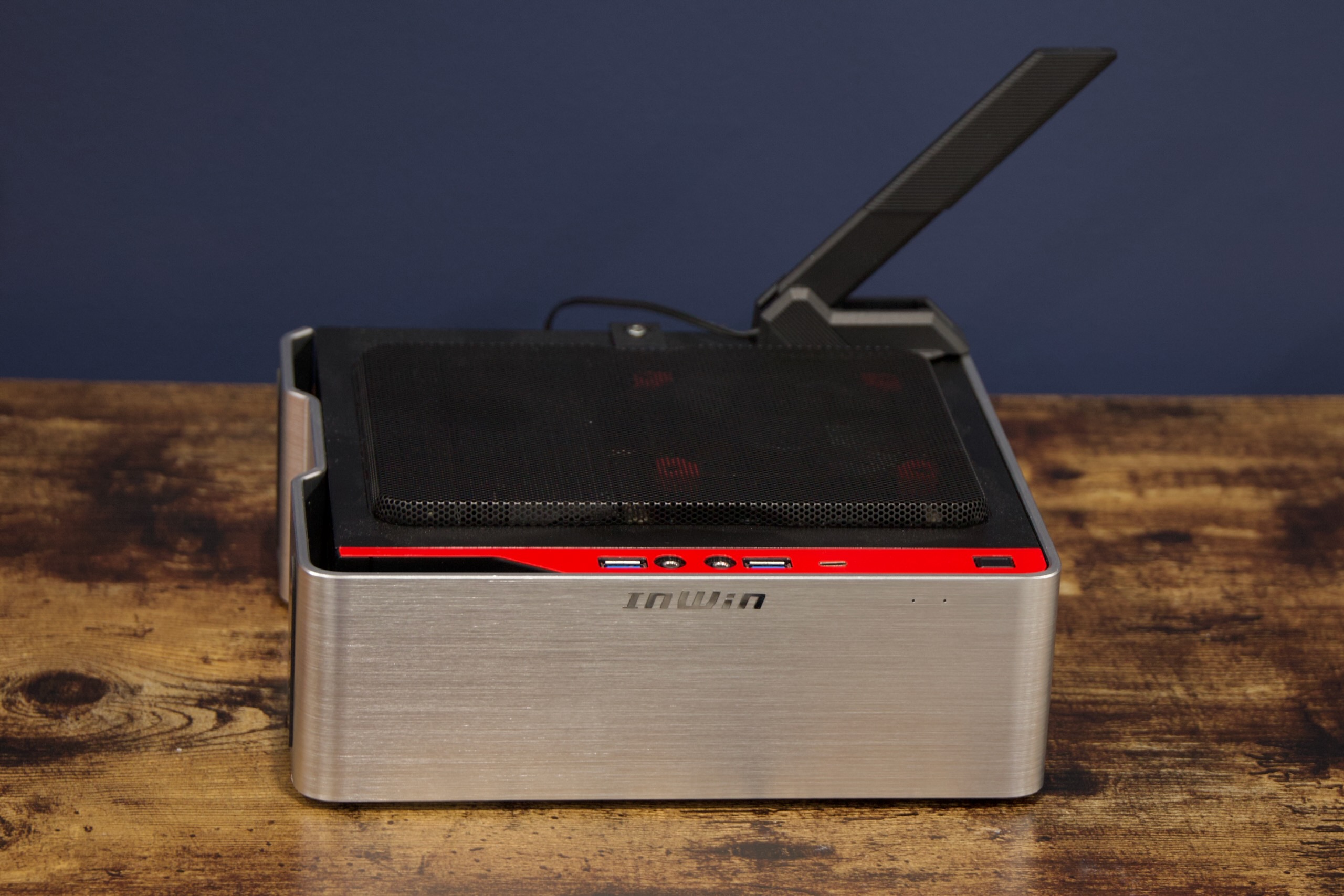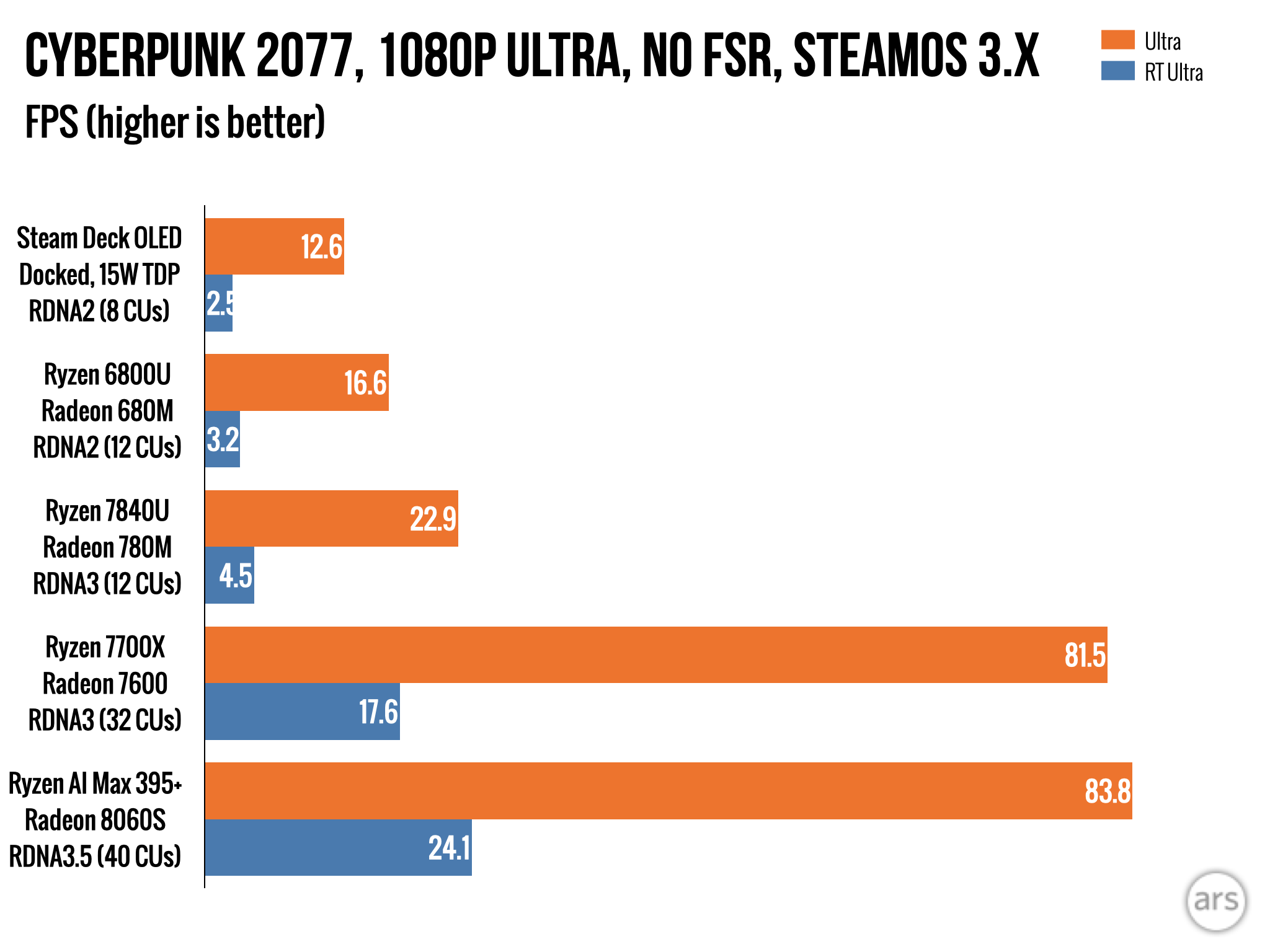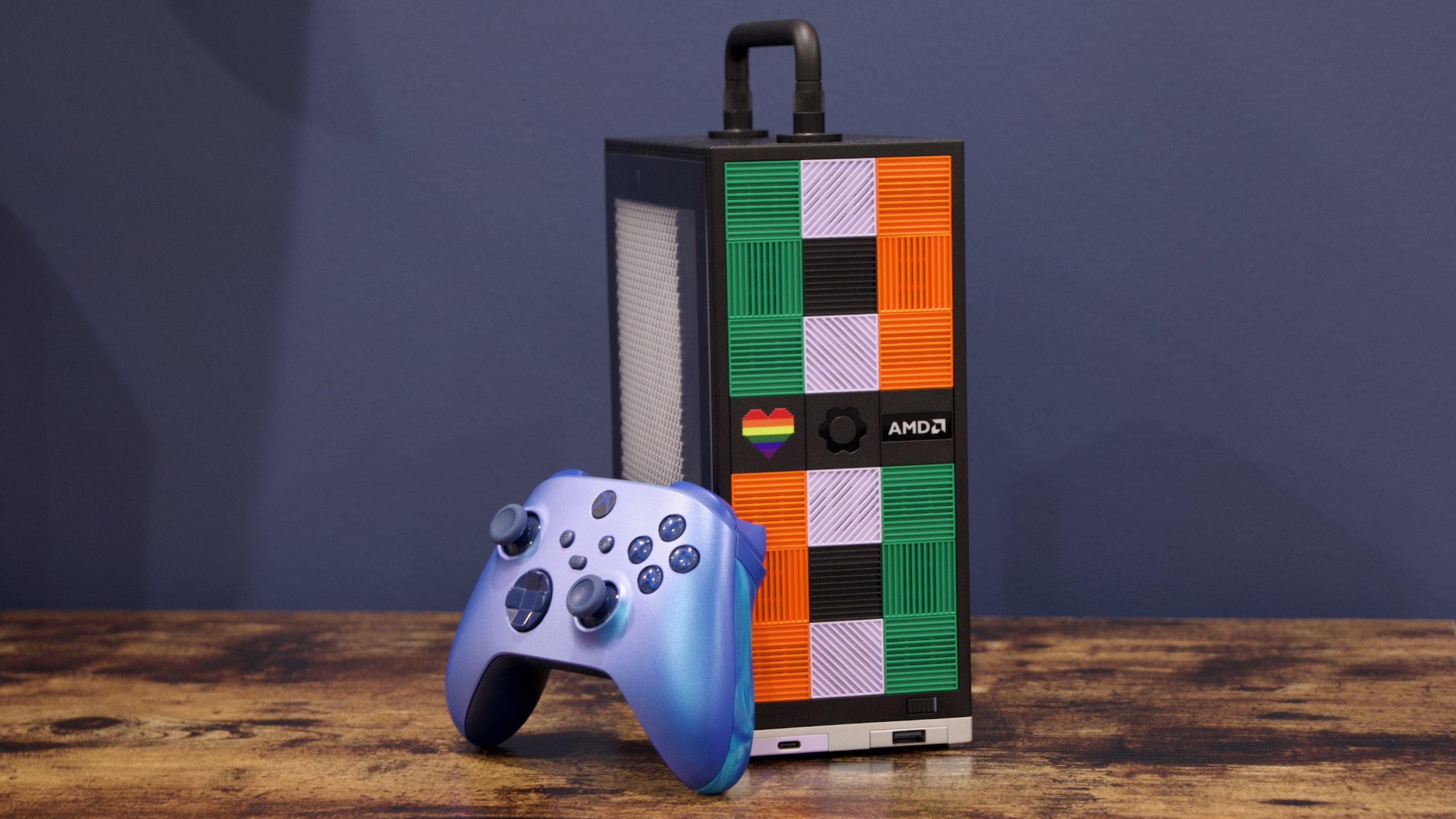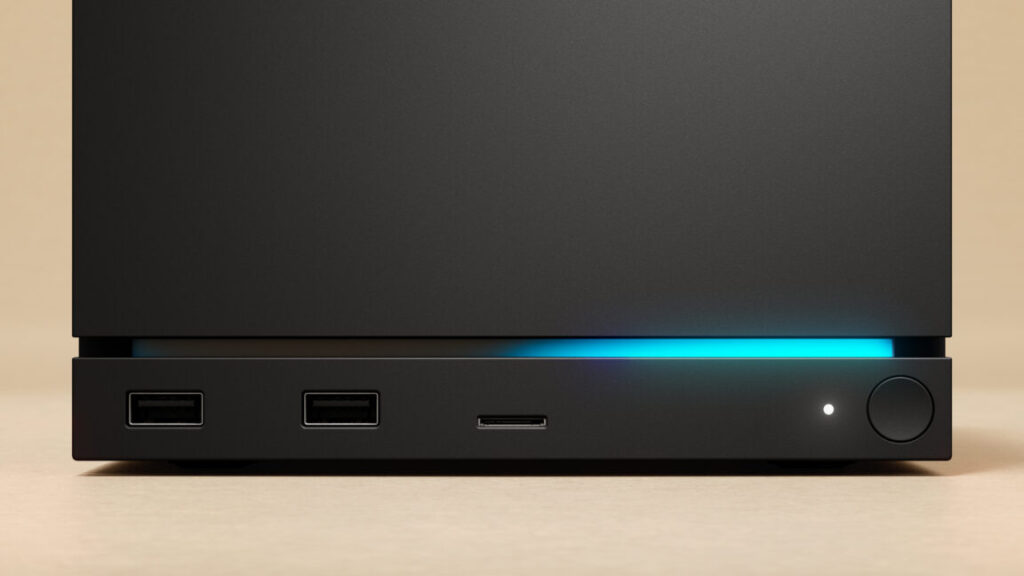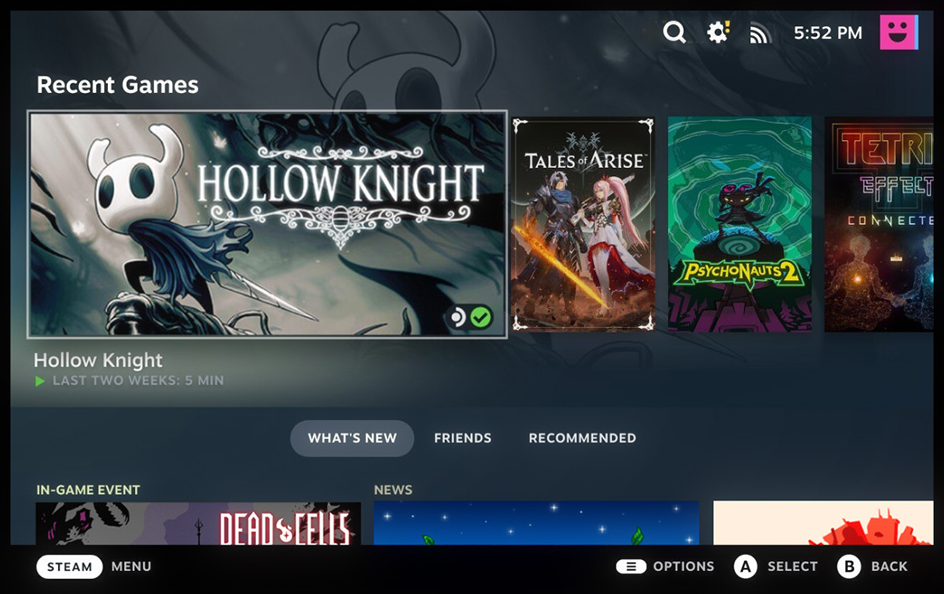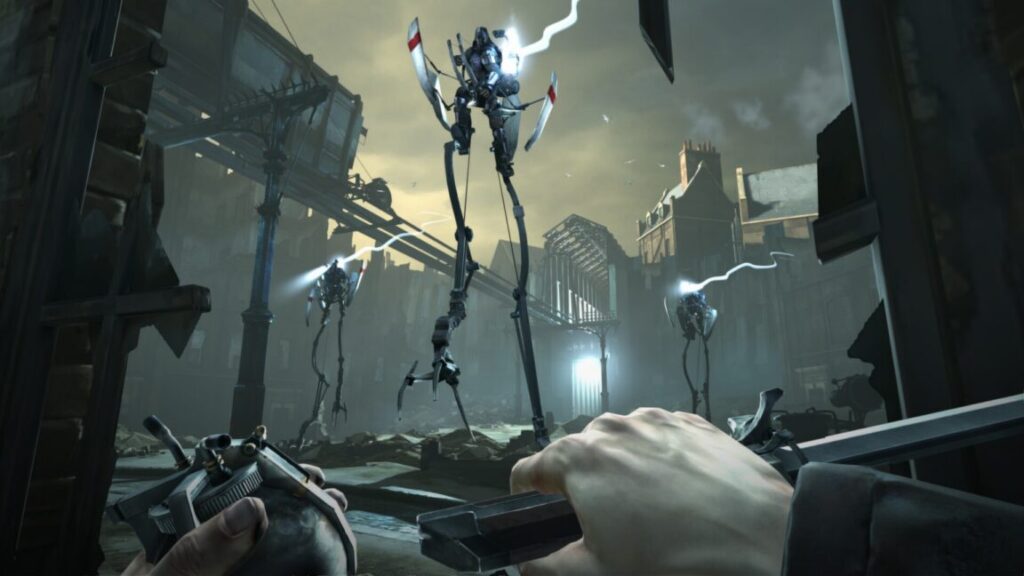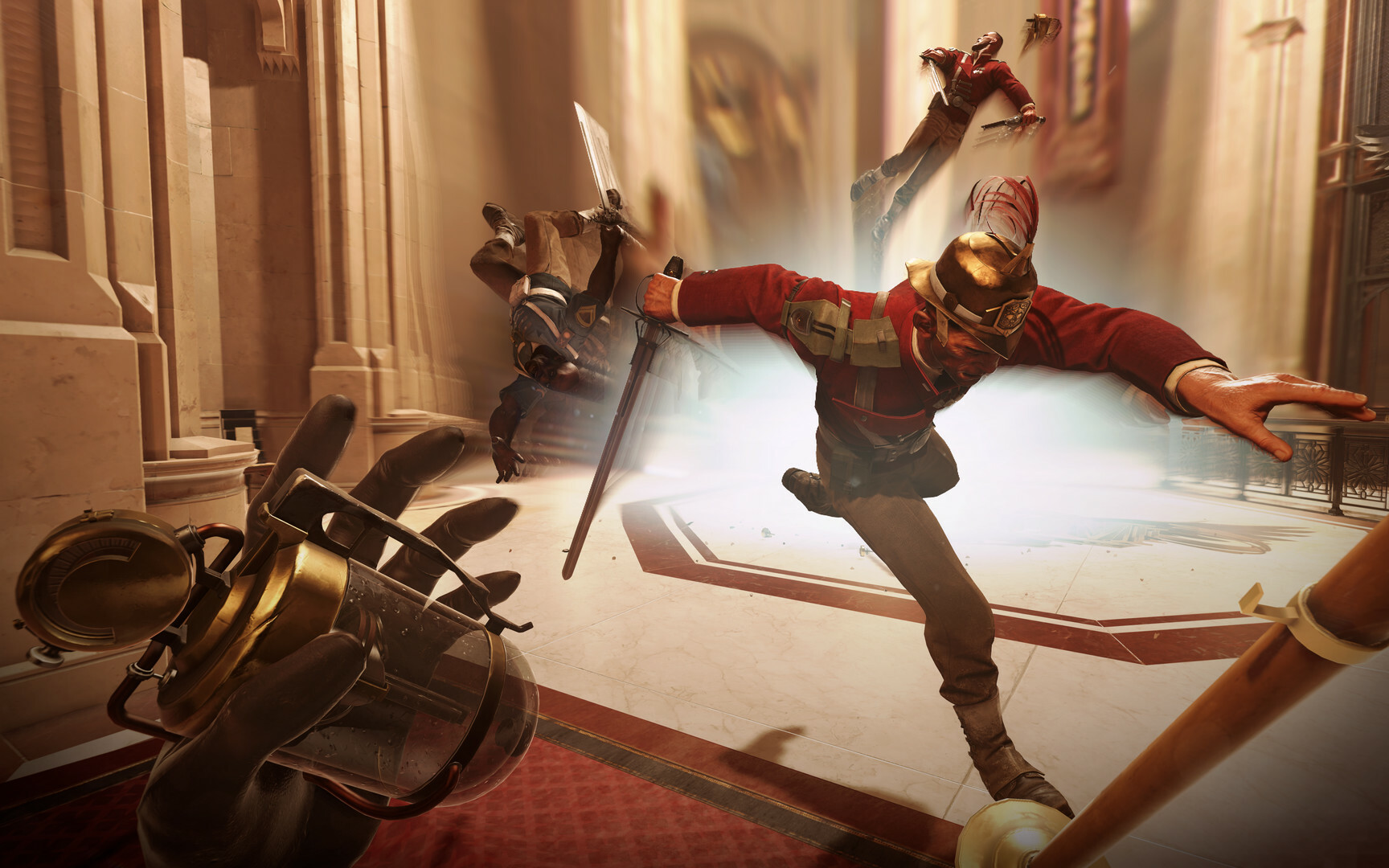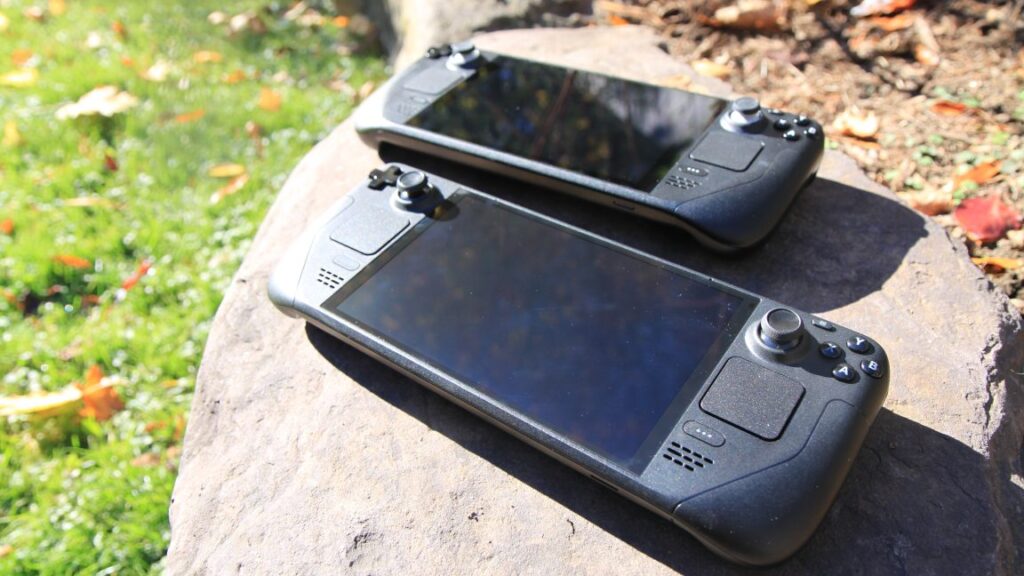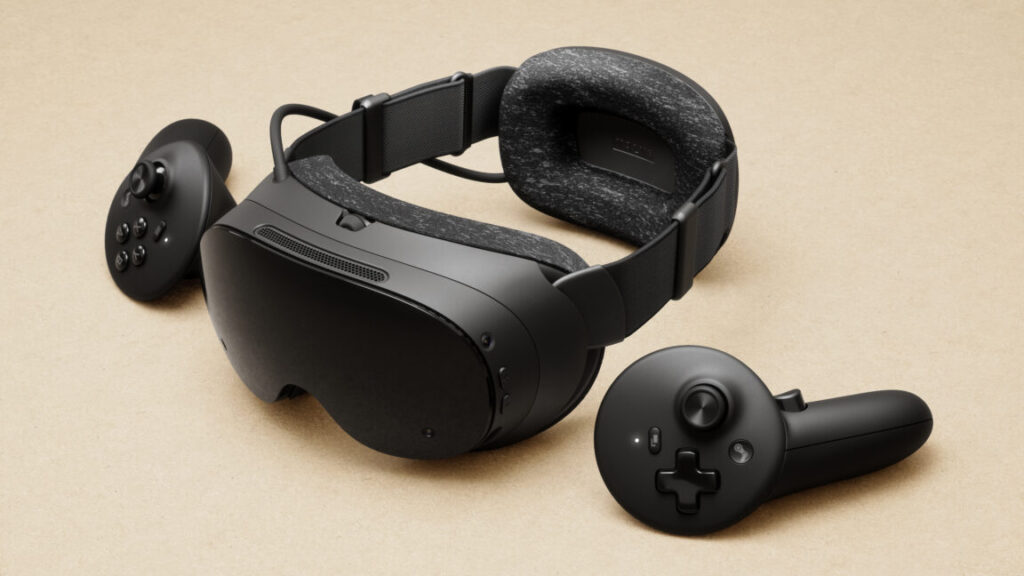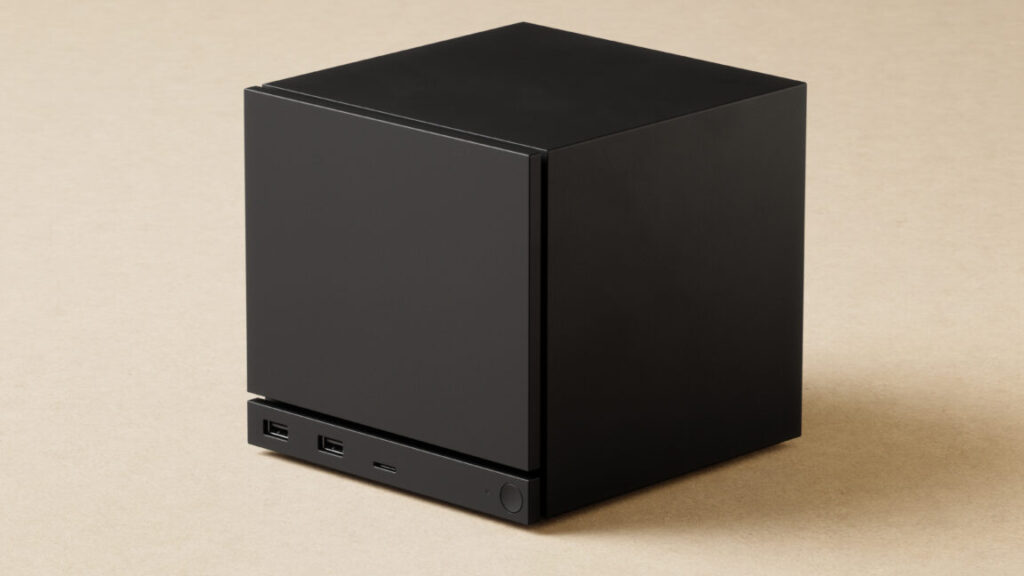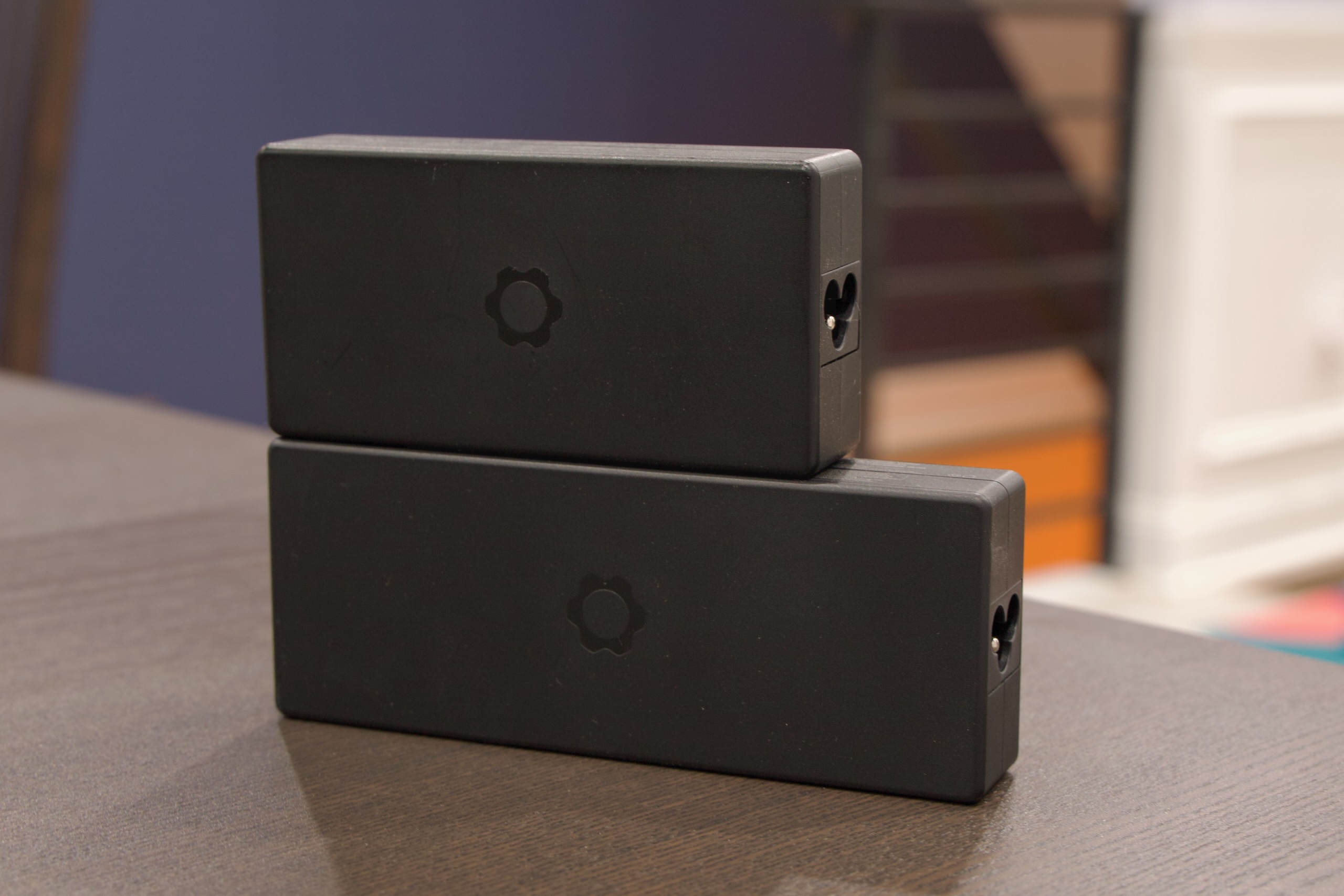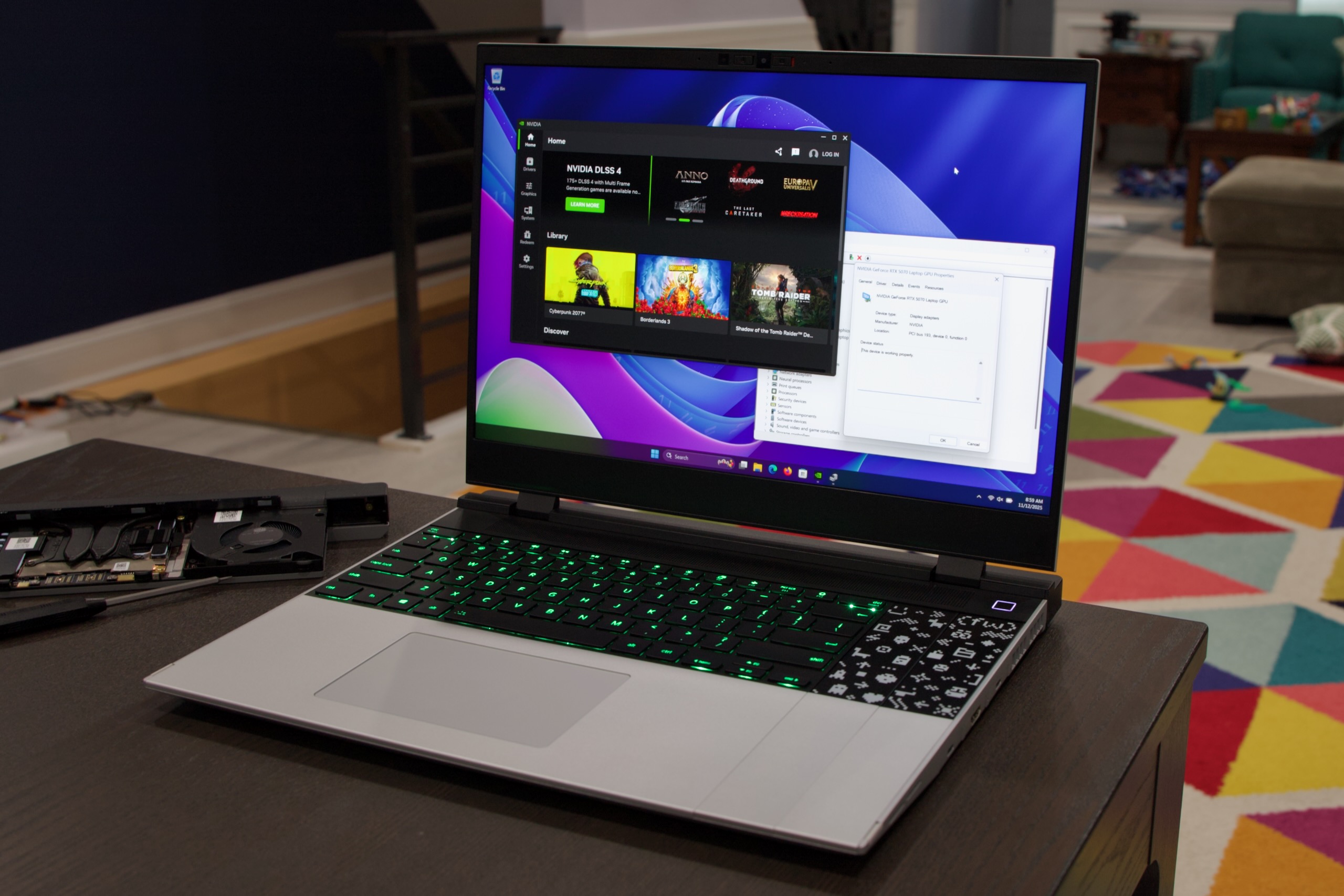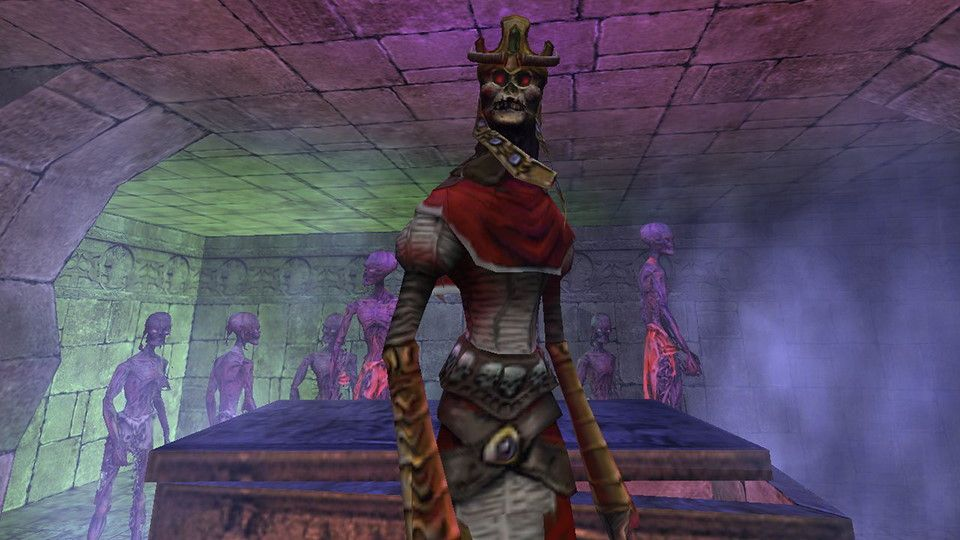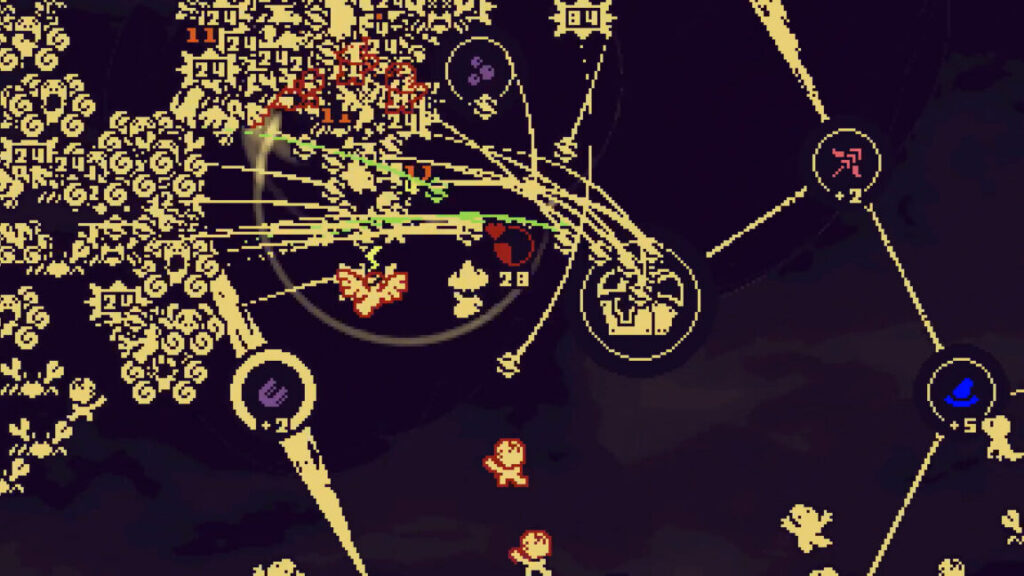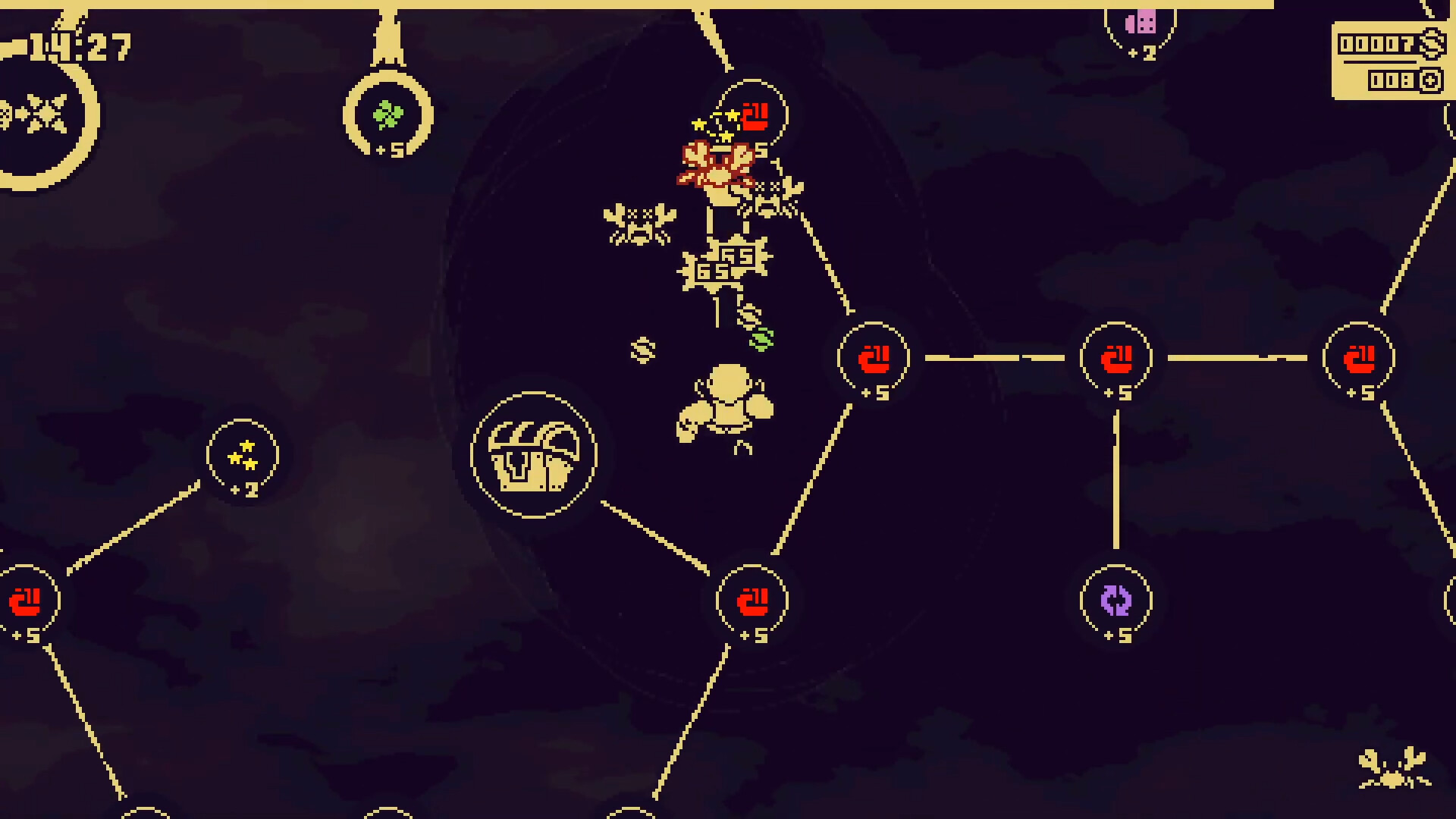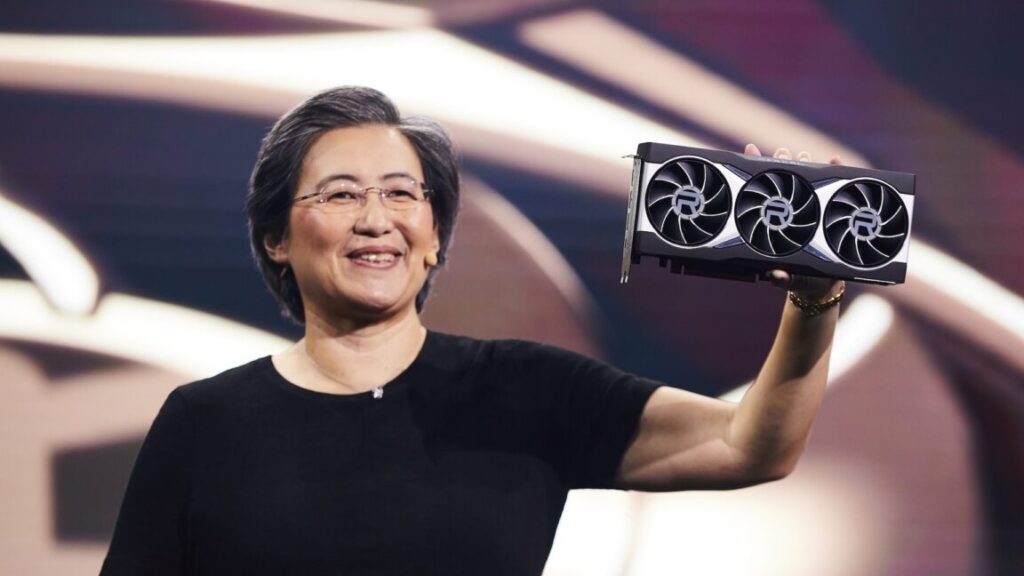Fans’ reverse-engineered servers for Sony’s defunct Concord might be in trouble
A group of dedicated coders has managed to partially revive online gameplay for the PC version of Concord, the team-based shooter that Sony famously shut down just two weeks after its launch last summer. Now, though, the team behind that fan server effort is closing off new access after Sony started issuing DMCA takedown requests of sample gameplay videos.
The Game Post was among the first to publicize the “Concord Delta” project, which reverse-engineered the game’s now-defunct server API to get a functional multiplayer match running over the weekend. “The project is still [a work in progress], it’s playable, but buggy,” developer Red posted in the game’s Discord channel, as reported by The Game Post. “Once our servers are fully set up, we’ll begin doing some private playtesting.”
Accessing the “Concord Delta” servers reportedly requires a legitimate PC copy of the game, which is relatively hard to come by these days. Concord only sold an estimated 25,000 copies across PC and PS5 before being shut down last year. And that number doesn’t account for the players who accepted a full refund for their $40 purchase after the official servers shut down.
Better safe than sorry
Red accompanied their Discord announcement of the first “playable” Concord match in months with two YouTube videos showing sample gameplay (“Don’t mind my horrible aim, I spend so much time reverse engineering that I no longer have the time to actually play the game,” he warned viewers). In short order, though, those videos were taken down “due to a copyright claim from MarkScan Enforcement,” a company that has a history of working with Sony on DMCA requests.
Fans’ reverse-engineered servers for Sony’s defunct Concord might be in trouble Read More »
